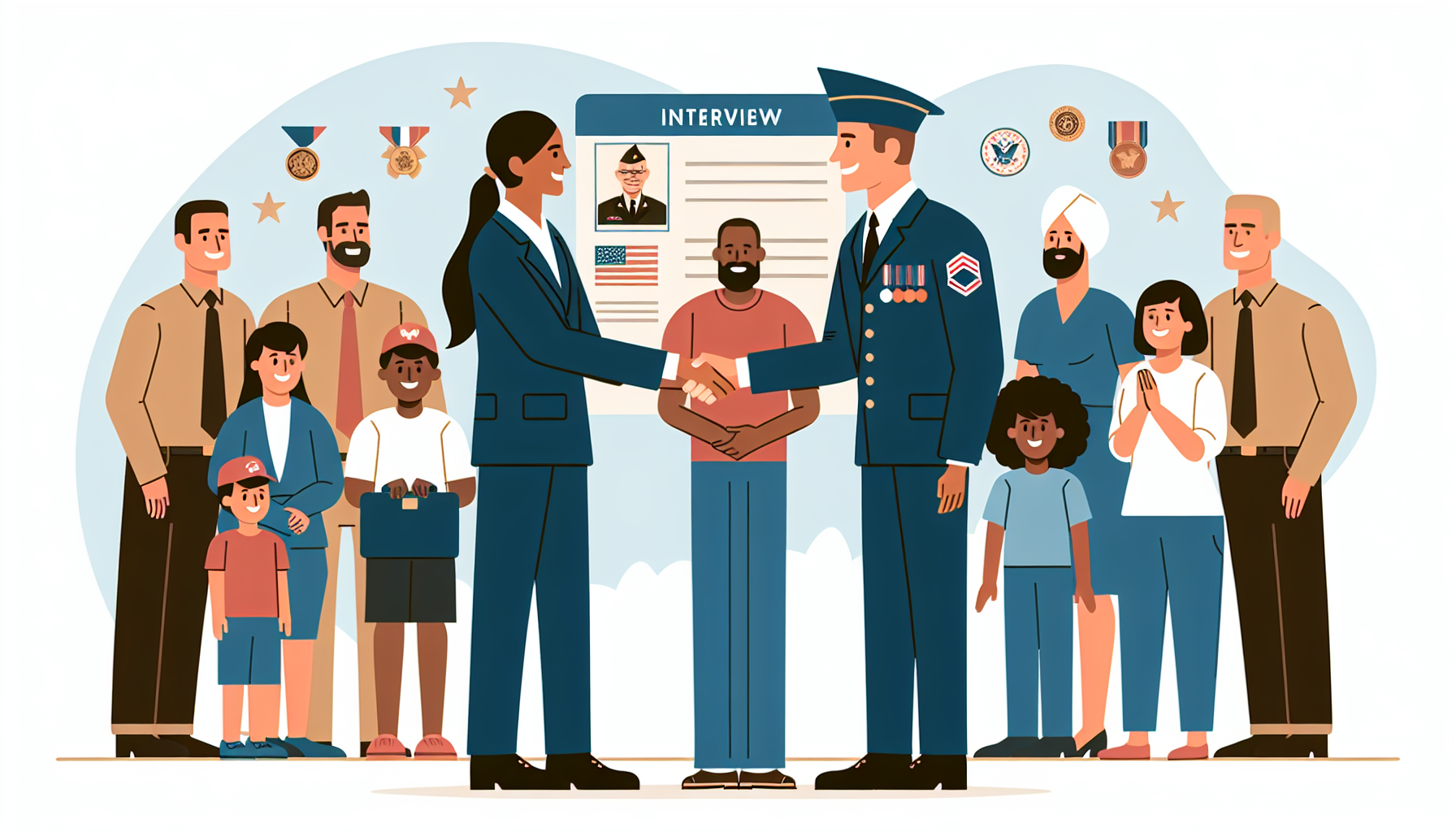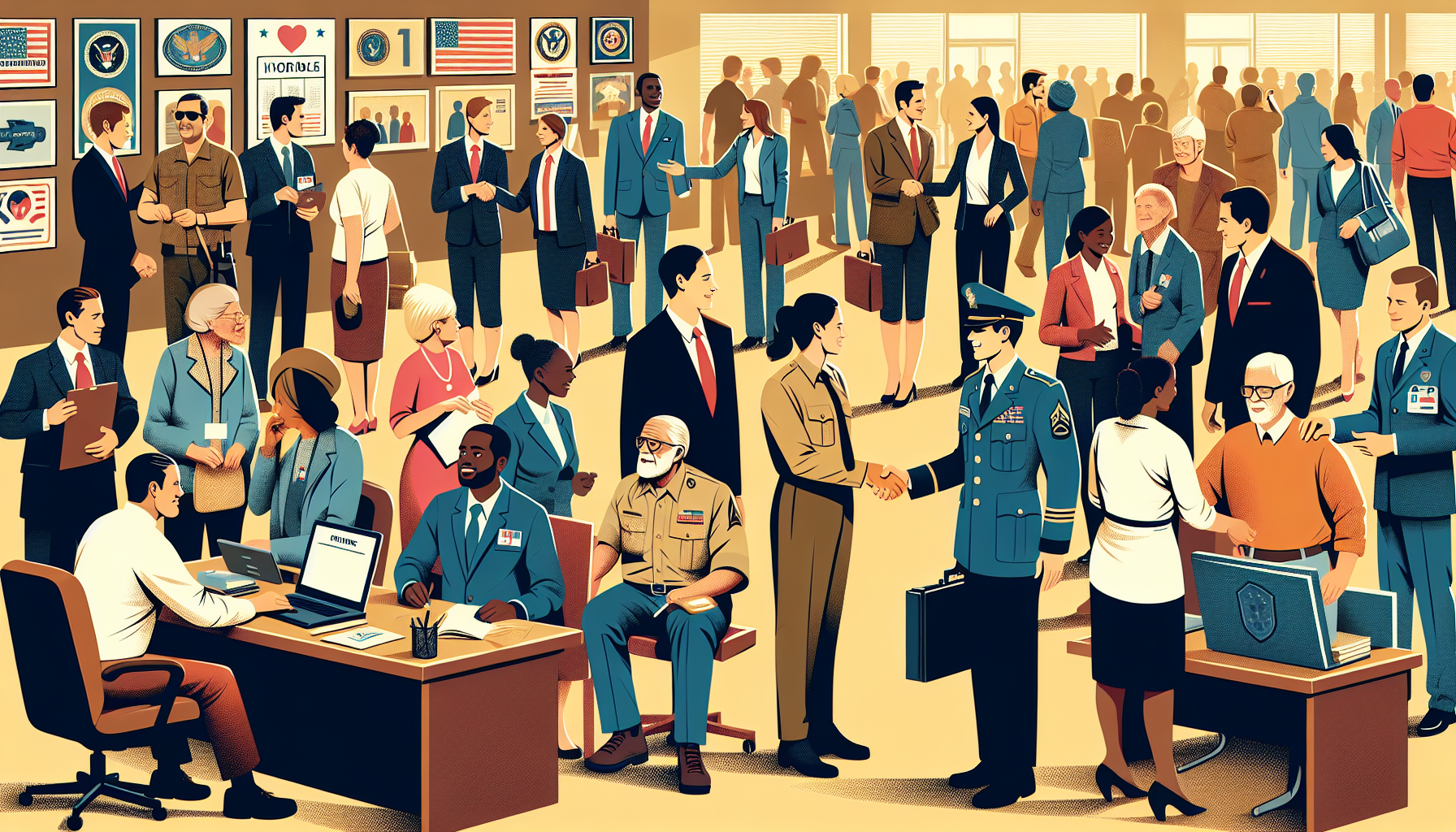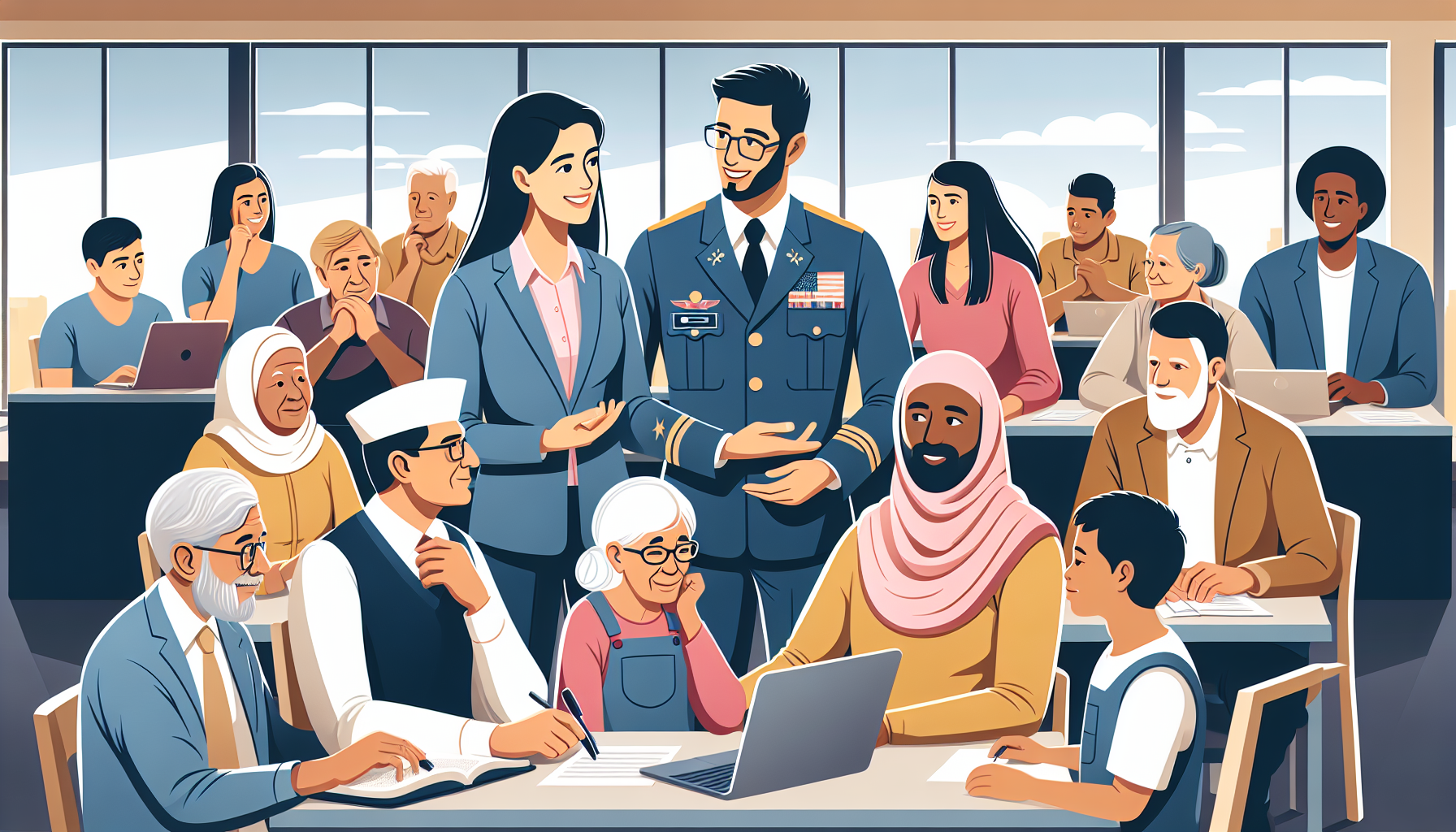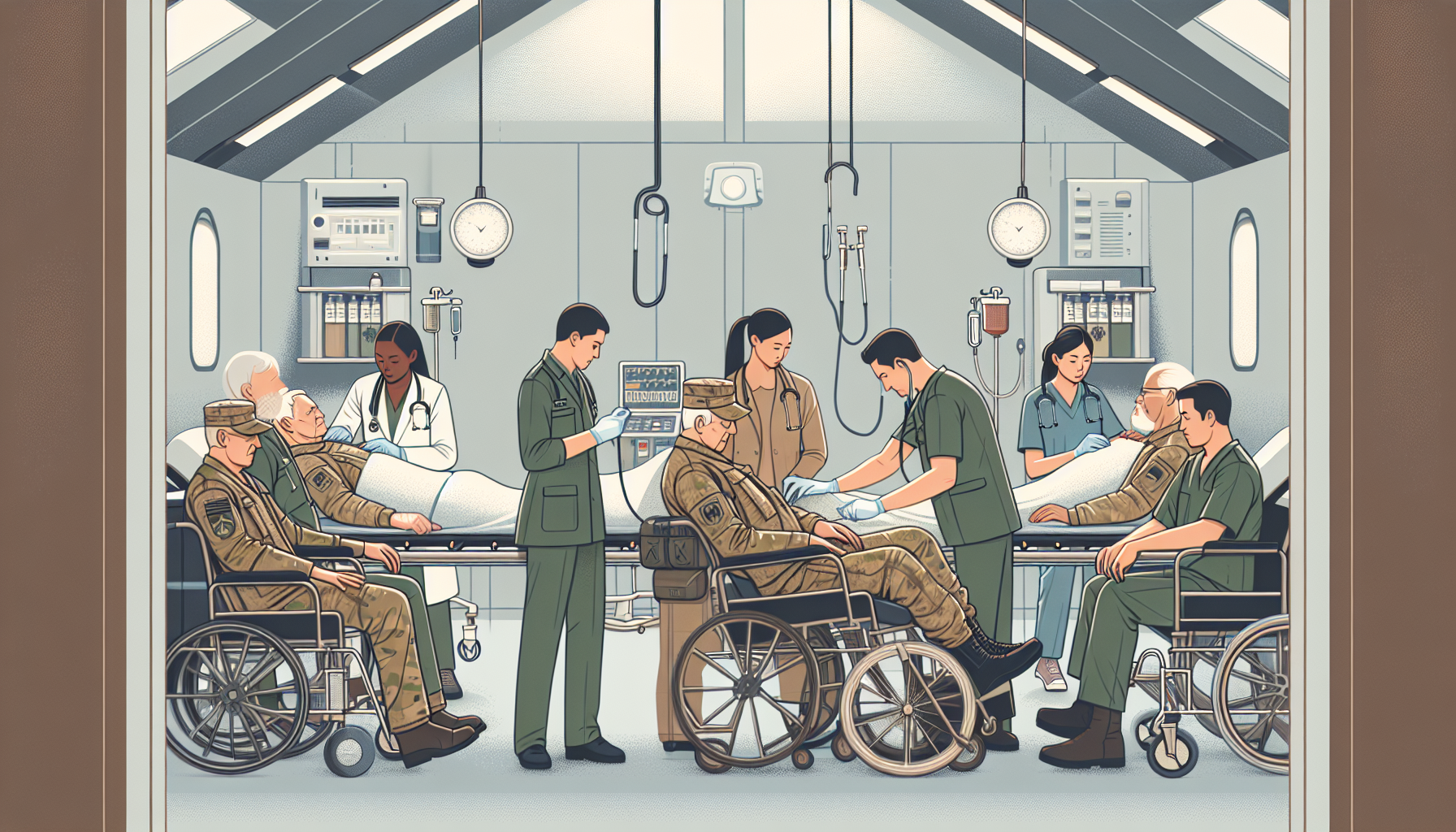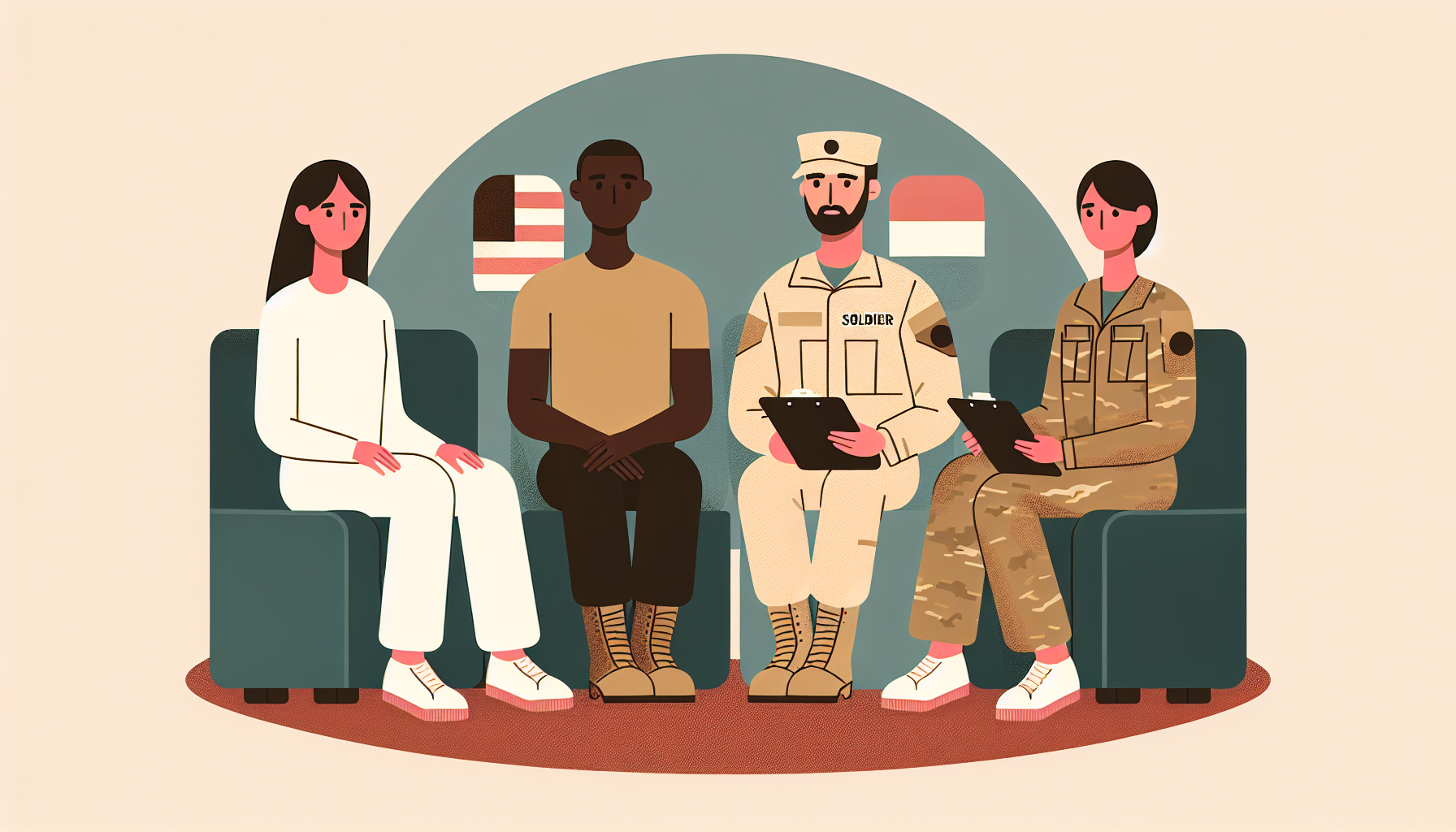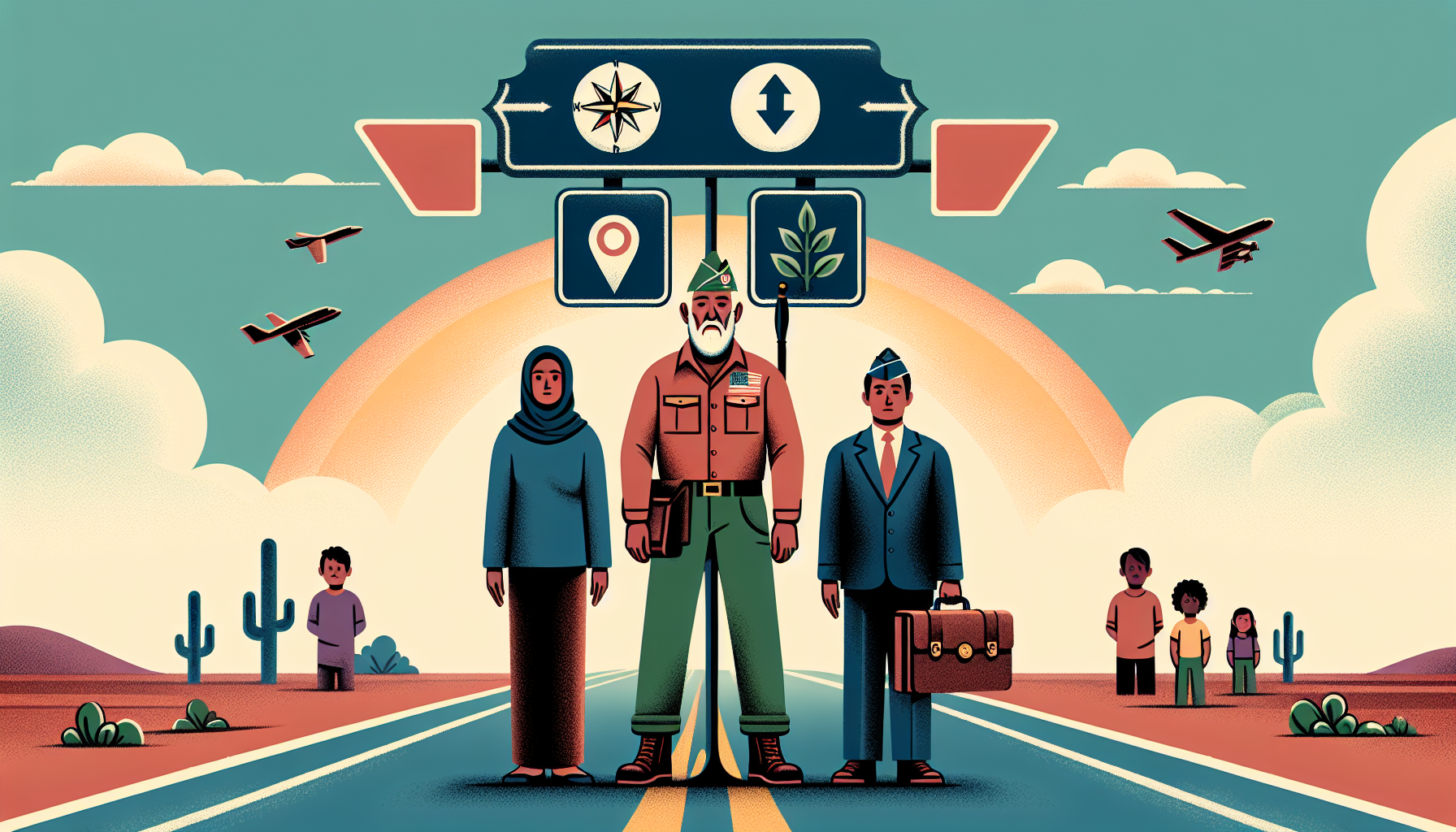Definition
Job Assistance, in the context of VA benefits, refers to the various programs and services provided to eligible veterans and their families to support their employment search, career development, and job training. These services may include job training, resume building, interview coaching, and access to various job search resources. The goal of job assistance is to ease the transition for veterans into the civilian workforce and promote long-term career success.
Key Takeaways
- Job Assistance is a support program by the VA that aims to provide employment-related resources, services, and opportunities to veterans and their eligible family members.
- The program offers multiple resources such as job training, career coaching, job-seeking tools, and skill assessments to help veterans transition from military service to civilian careers.
- Eligible participants can access various services like vocational rehabilitation, education support, and access to job fairs and networking events to help them find meaningful job opportunities.
Importance
The VA benefits term “Job Assistance” is critically important because it highlights the support provided to veterans as they transition from military to civilian life, enabling them to secure meaningful employment.
This assistance includes a multitude of resources, such as career counseling, resume building, training programs, and job placement services.
Furthermore, it helps veterans translate their military skills and experience into qualifications that are valuable to civilian employers, fosters a smoother reintegration into the workforce, and directly contributes to financial stability and overall well-being for veterans and their families.
In essence, the term underscores the commitment to ensuring a successful transition for those who have dutifully served their country.
Explanation
The purpose of Job Assistance as part of VA benefits is to support veterans, service members, and their families in their quest for meaningful employment and fulfilling careers. This is accomplished through a variety of programs and resources designed to provide guidance, skills development, and overall support throughout the entire job search process.
Job Assistance empowers and equips eligible individuals to successfully navigate the civilian job market, address potential challenges unique to veterans, and ultimately find suitable opportunities that align with their skills, interests, and experiences. By offering comprehensive resources, the VA aims to ensure veterans and service members can successfully transition from military to civilian life and maintain their financial stability and well-being.
Job Assistance as a benefit is used for a myriad of services, including personalized career counseling, resume and interview coaching, access to job banks and employment databases, and coordination of employer outreach and recruitment efforts. Additionally, educational and training resources are available to help each veteran in enhancing their marketability, such as apprenticeship programs, college courses, and online skills training.
Furthermore, the VA aids in identifying and addressing any potential barriers to successful employment, such as disability-related accommodations and mental health support. In essence, Job Assistance is an essential component of the overall VA benefits package designed to support veterans in their pursuit of stable and rewarding careers, instilling a sense of accomplishment and dignity as they reintegrate into civilian life.
Examples of Job Assistance
Veterans Career Transition Program (VCTP): The VCTP is a collaboration between the Institute for Veterans and Military Families (IVMF) and the U.S. Department of Veteran Affairs. This program offers career coaching, professional certification programs, and online courses to help veterans transition from military service to civilian jobs. The VCTP aims to support veterans in developing new skills that are relevant to the job market, making it easier for them to secure meaningful employment.
American Corporate Partners (ACP) Mentorship Program: The ACP’s mentorship program provides veterans with one-on-one guidance and support from professionals in various industries. These mentorship relationships help veterans build networks, improve their resumes, and develop crucial job-seeking skills. This program aids veterans in understanding the corporate world and successfully navigating the job search process, ultimately leading to more employment opportunities.
VA Vocational Rehabilitation and Employment (VR&E) Services: The VR&E program offers comprehensive job training, employment accommodations, resume development, and job-seeking skills coaching for veterans with service-connected disabilities. The program aims to help veterans secure and maintain employment, achieve more stable and fulfilling careers, and live independently. Additionally, the program offers specialized support for veterans with disabilities, ensuring that their unique needs are met and that they can actively participate in the workforce.
VA Benefits: Job Assistance FAQ
What job assistance does the VA provide for veterans?
The VA provides various job assistance programs for veterans, including career counseling, job training, resume building, and job placement services. Additionally, the VA offers educational benefits to help veterans develop new skills and qualifications for various careers.
How do I access VA job assistance services?
To access VA job assistance services, visit the VA’s Employment Services webpage at www.va.gov/employment or contact your local VA Medical Center or Vet Center. You can also call the VA’s Career Center toll-free at 1-800-827-1000.
What are the eligibility requirements for VA job assistance programs?
Eligibility requirements vary based on the specific job assistance program. Generally, veterans who have been honorably discharged and served a minimum amount of active duty time are eligible for most VA benefits. Disabled veterans are also eligible for additional services and support. To determine your specific eligibility, visit the VA’s Eligibility webpage at www.va.gov/eligibility or contact your local VA office.
Are there any VA job assistance programs for disabled veterans?
Yes, the VA offers the Vocational Rehabilitation and Employment (VR&E) program, which helps disabled veterans obtain and maintain suitable employment. This program provides various services, such as job training, employment accommodations, resume building, and job placement. To learn more about the VR&E program, visit the VA’s VR&E webpage at www.va.gov/vre.
Can the VA help me find a job outside the military?
Yes, the VA can help you find a job outside the military through various services, including career counseling, job training, and job placement assistance. They also offer resources such as job fairs, employment workshops, and an online database of veteran-friendly employers. To learn more about these services, visit the VA’s Employment Services webpage at www.va.gov/employment.
Related VA Benefit Terms
- Vocational Rehabilitation
- Employment Counseling
- VA Work-Study Program
- Veteran Employment Services
- On-the-Job Training and Apprenticeships
Sources for More Information
- U.S. Department of Veterans Affairs
- U.S. Department of Labor
- CareerOneStop
- Veterans’ Employment and Training Service (VETS)
 Benefits.com Advisors
Benefits.com Advisors
With expertise spanning local, state, and federal benefit programs, our team is dedicated to guiding individuals towards the perfect program tailored to their unique circumstances.
Rise to the top with Peak Benefits!
Join our Peak Benefits Newsletter for the latest news, resources, and offers on all things government benefits.















